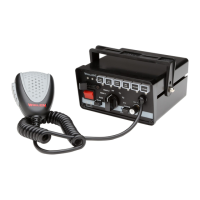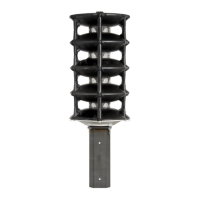How to run functional observation for Whelen Engineering Company Security System?
- AagonzalezAug 3, 2025
To perform a functional observation on your Whelen Engineering Company Security System, activate a local SI TEST® to verify that the IPS is operating correctly.



